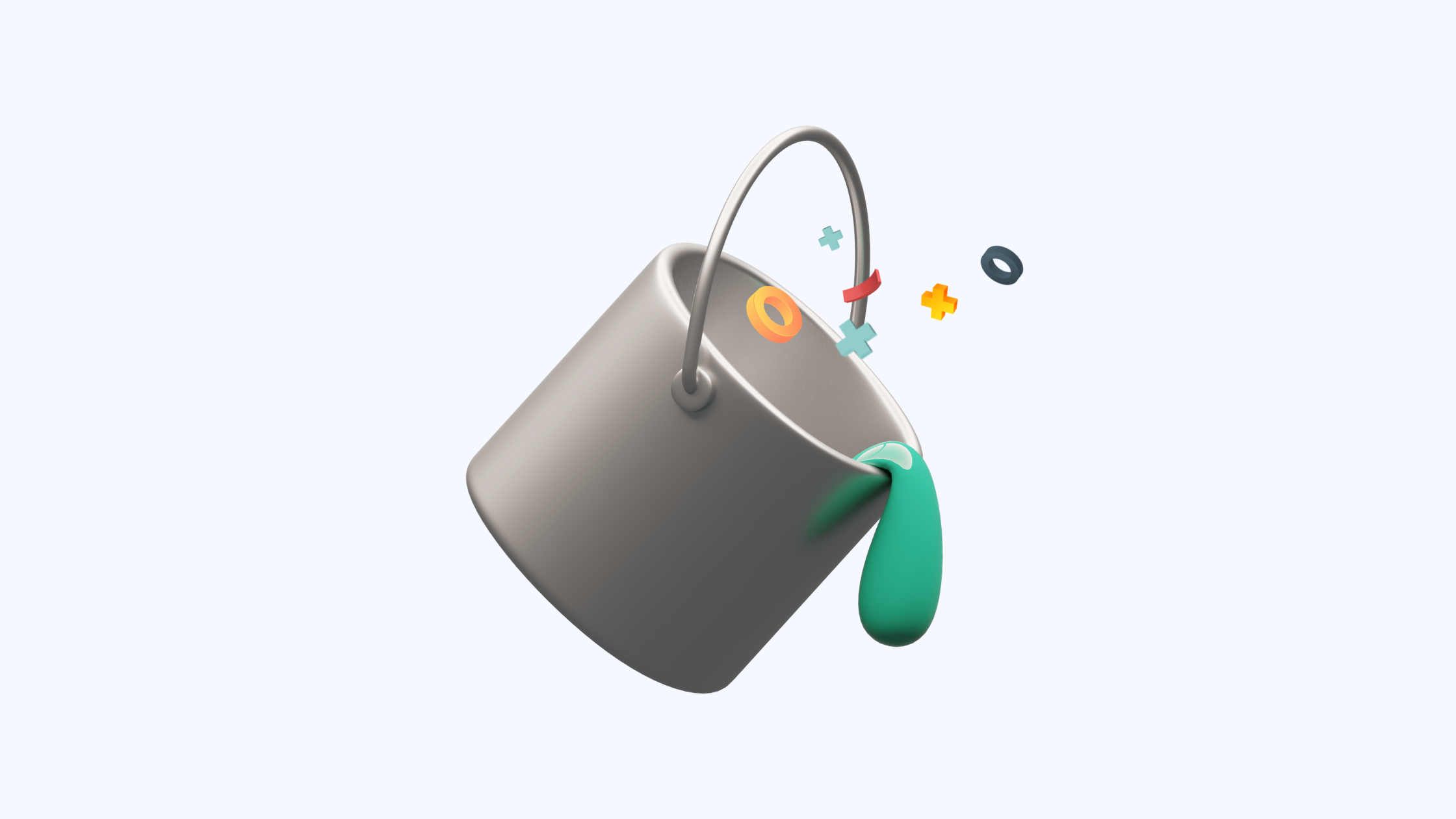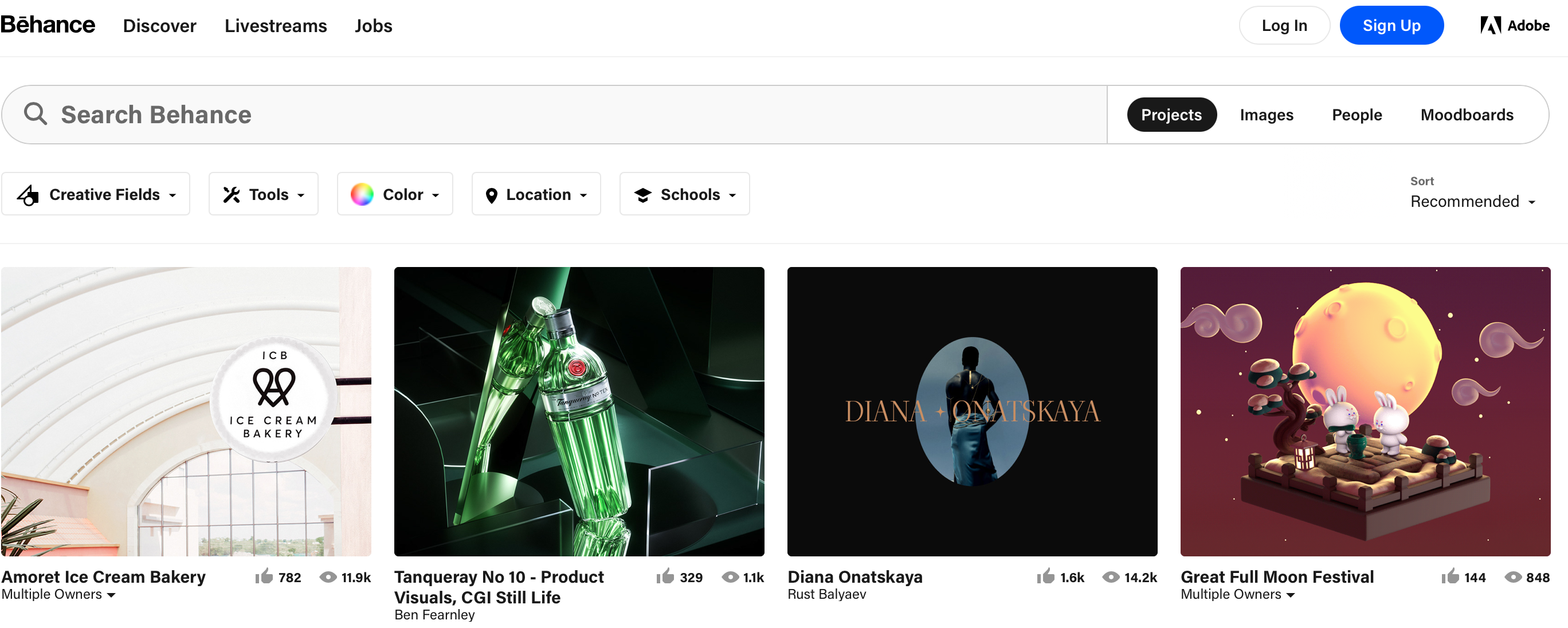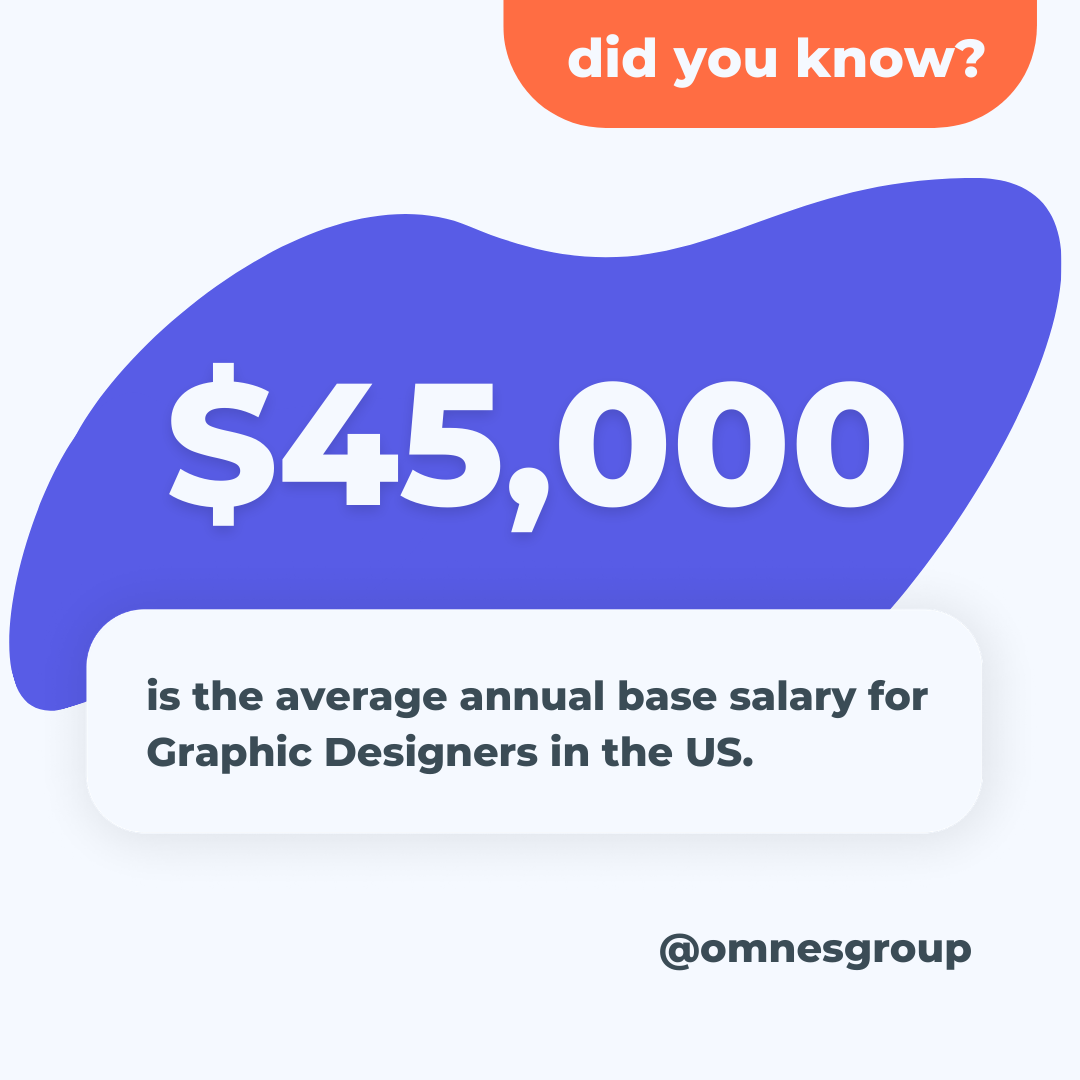Hiring
How to Hire a Graphic Designer?

No matter what business you are running, at some point you are going to hire a graphic designer. When you asseWith UX designers commanding salaries of $110,000+ while traditional graphic design roles see modest 2.5% growth, the question isn’t simply “do we need a designer?” It’s “what type of design expertise will drive our business forward in an AI-integrated world?”
Let’s rethink how you approach design hiring for the realities of 2025.
The Current Design Market Reality
As we approach 2025, 43% of marketing and creative hiring managers say job seekers are more likely to negotiate salary now than a year ago. But here’s what most companies miss: the design field has split into distinct career tracks with vastly different market dynamics.
Where the Growth Is Happening
UX/UI design roles are projected to rise significantly by 2025, with digital designers experiencing 7.9% job growth compared to traditional graphic design’s 2.5%. The reality in today’s tech landscape is that companies need specialists, not generalists.
High-Demand Design Roles in 2025:
- UX/UI Designers: Focus on user research, wireframing, and interface optimization
- Motion Graphics Designers: Essential for video-first content strategies across YouTube, TikTok, and Instagram Reels
- AI-Integrated Designers: Professionals who leverage AI tools for ideation while maintaining creative strategy
- Product Designers: Bridge business strategy with user experience in software development
The Skills Evolution You Need to Understand
We’re moving beyond the initial AI hype towards more thoughtful, value-driven integration of AI into the UX workflow. Your next design hire needs to navigate this transition thoughtfully—using AI to automate repetitive tasks while applying human creativity and strategic thinking to complex problems.
Defining Your Actual Design Needs
Most hiring managers approach design recruitment backwards. They start with a job title rather than understanding their specific technical and business requirements.
Framework: Match Role to Business Reality
If you’re building digital products, you need a UX/UI designer with experience in user research and prototyping tools like Figma or Sketch. Don’t hire someone whose portfolio shows primarily print work.
If you’re scaling marketing efforts, consider a motion graphics designer who understands video content creation and can work with your social media strategy. Video content prioritization across platforms has made motion design one of the most in-demand skills.
If you’re in early-stage product development, a product designer who understands both user research and business metrics will be more valuable than someone focused solely on visual aesthetics.
Technical Stack Considerations
Given the current market shift toward AI-integrated workflows, evaluate candidates based on their approach to emerging tools:
- AI-Savvy Approach: How do they use AI as a creative assistant for inspiration and ideation rather than replacement?
- Collaboration Tools: Experience with design systems, version control, and cross-functional team workflows
- Accessibility Standards: Understanding of WCAG guidelines as accessible design becomes standard practice
Where to Find Specialized Design Talent
The traditional portfolio browsing approach won’t cut it in 2025’s competitive market. Here’s what we’re seeing work for our clients:
Platform-Specific Sourcing Strategy
For UX/UI Talent: Focus on platforms where designers showcase process, not just outcomes. Look for detailed case studies that demonstrate user research methodology and iteration based on data.
For Motion Graphics: Platforms like Behance and specialized video portfolios show technical execution, but also check for understanding of brand consistency across multiple video formats.
For Product Designers: Seek candidates who can articulate how their design decisions impacted business metrics. Look for portfolio pieces that show collaboration with product management and engineering teams.

The Network Effect
With 45% of managers anticipating ongoing difficulty meeting candidates’ compensation expectations, your best candidates likely aren’t actively job searching. They’re being approached through professional networks and industry connections.
Build relationships within design communities before you need to hire. Attend design conferences, engage with design content on LinkedIn, and maintain connections with design consultants who understand the talent landscape.
Evaluating Candidates Beyond the Portfolio
Your interview process should reveal how candidates think through complex problems, not just their aesthetic sensibilities.
Strategic Interview Framework
Process-Focused Questions:
- “Walk me through how you approached user research for [specific project]. What assumptions were validated or challenged?”
- “How do you balance user needs with business constraints when they conflict?”
- “Describe a time when data contradicted your initial design instincts. How did you respond?”
AI Integration Assessment:
- “How are you currently using AI tools in your design process? What are their limitations?”
- “When would you choose human creativity over AI assistance, and why?”
Cross-Functional Collaboration:
- “How do you present design decisions to stakeholders who don’t have design backgrounds?”
- “Describe your experience working with engineering teams. How do you ensure design feasibility?”
Technical Evaluation
Request examples that demonstrate:
- Systems thinking: Can they create scalable design systems rather than one-off solutions?
- User-centered approach: Evidence of user testing, iteration based on feedback
- Business impact: Quantifiable improvements from their design decisions
Freelance vs In-House: The 2025 Reality
Remote work opportunities are increasing for freelance and remote graphic designers, fundamentally changing the equation between contractors and full-time hires.
When Freelance Makes Sense
Project-Based Work: One-time website redesigns, campaign creative, or specific product launches Specialized Expertise: Need motion graphics for a video campaign but don’t have ongoing video needs Rapid Scaling: Testing market response before committing to full-time headcount
When In-House Is Essential
Product Development: Continuous user research, ongoing A/B testing, and iterative improvements require embedded team members Brand Consistency: Companies prioritizing user-centric design need professionals who understand brand context deeply Cross-Functional Projects: Complex initiatives requiring coordination between design, engineering, and product management
The Hybrid Approach
Many of our clients use a core in-house designer supplemented by specialized freelancers for specific projects. This provides flexibility while maintaining institutional knowledge and brand consistency.
Just like Dribbble, you can post jobs or browse through the profiles. Additionally, once you find your match, you can send them a message.
Compensation Strategy for 2025
Skills that marketing and creative managers are raising salaries for include UX and UI design, content strategy, and graphic design. But compensation extends beyond base salary.
Market-Informed Salary Ranges
- UX/UI Designers: Average $124,660 annually, with senior roles commanding significantly more
- Motion Graphics: Project rates ranging from $50 to $1000+ depending on complexity
- Traditional Graphic Design: Median around $58,910-$61,300 annually

Beyond Salary: What Design Talent Values
Professional Development: Access to design conferences, course subscriptions, and emerging tool licenses Portfolio Building: Opportunities to work on high-visibility projects that enhance their career trajectory Tool Access: Licenses for professional design software, AI tools, and collaboration platforms Flexible Work Arrangements: Remote work capabilities have become standard expectations
Building Your Design Hiring Process
Most companies approach design hiring like they’re recruiting developers. This misses the collaborative and iterative nature of design work.
Structured Evaluation Process
- Portfolio Review: Focus on process documentation, not just final outcomes
- Design Challenge: Small, paid project that reflects actual work they’d do
- Team Collaboration: Interview with cross-functional colleagues they’d work with
- Cultural Fit Assessment: How they handle feedback, iterate on concepts, and communicate decisions
Red Flags to Avoid
Process-Light Portfolios: Beautiful work with no explanation of methodology or user research Tool-Heavy Focus: Emphasis on software proficiency without strategic thinking Isolated Work Style: Inability to articulate how they collaborate with non-designers Trend-Driven Approach: Following design trends without understanding brand context or user needs
The Strategic Advantage of Thoughtful Design Hiring
80% of small businesses acknowledge graphic design as very important, yet most approach hiring reactively rather than strategically. Companies that invest in understanding the evolving design landscape position themselves ahead of competitors still thinking in terms of “we need someone who can make things look pretty.”
The current market shift toward AI integration, specialized skill sets, and user-centered design thinking creates opportunities for companies willing to adapt their hiring approach. By understanding these changes and building relationships with design talent before you need them, you’re positioned to attract the strategic design expertise that drives business results.
The question isn’t whether you need design talent—it’s whether you’ll approach hiring with the strategic depth this moment demands.